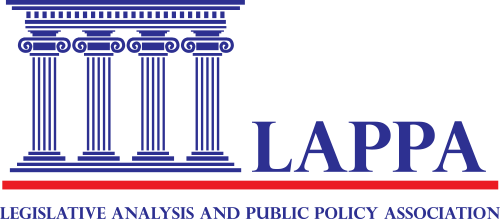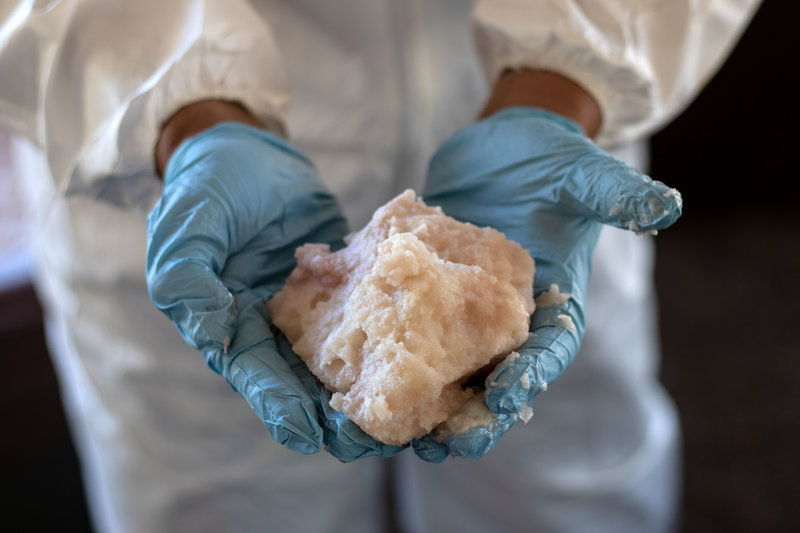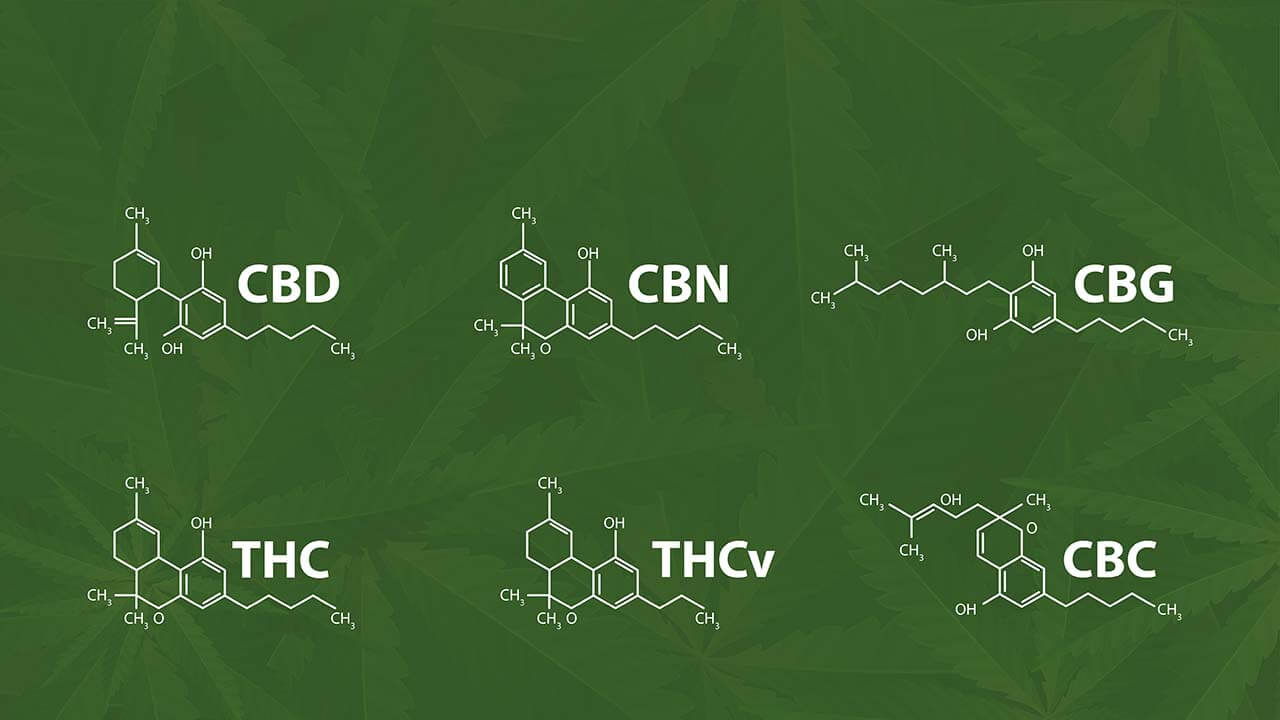Drugged Driving: Summary of State Laws
In this survey, the Legislative Analysis and Public Policy Association (LAPPA) examines the state-level legislative response to drugged driving. This document includes a summary of existing laws on driving under the influence of drugs in the 50 states and the District of Columbia as well as a list of pending state and federal legislation....













